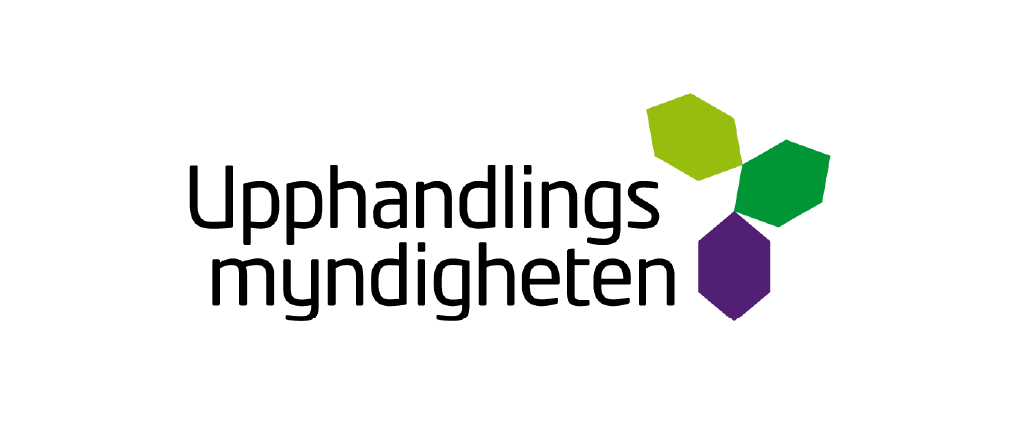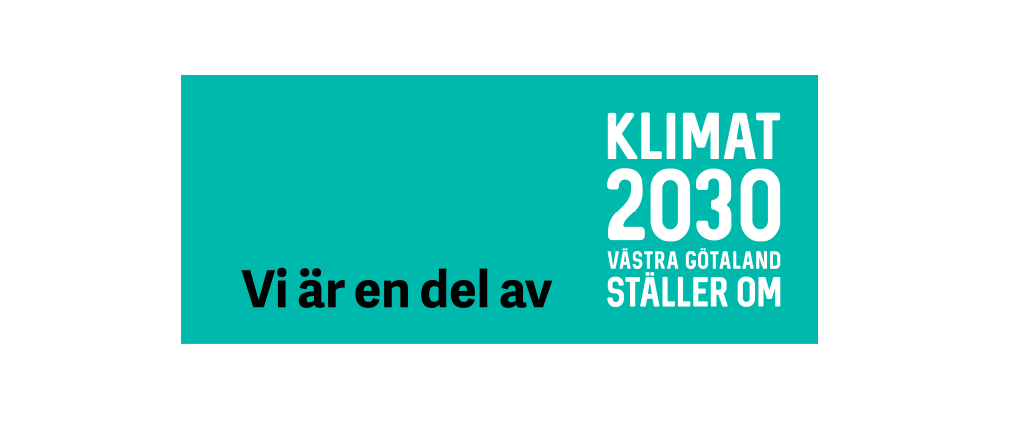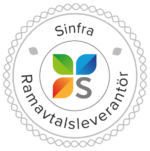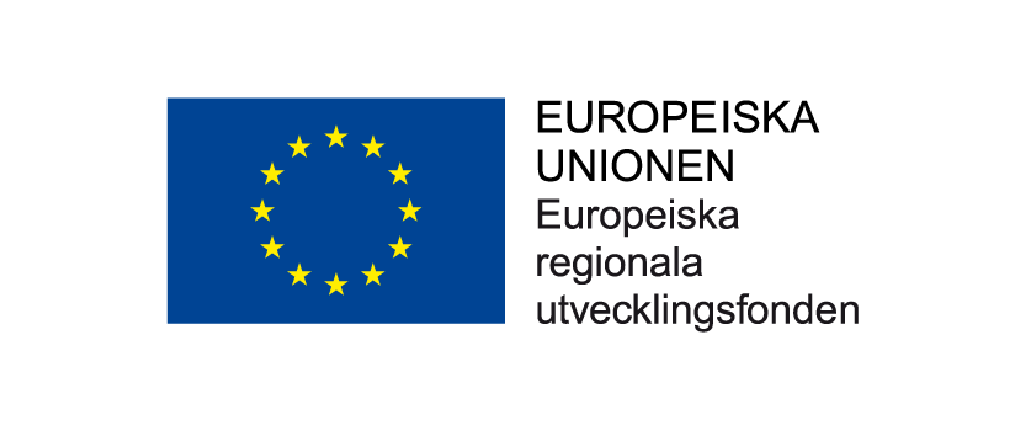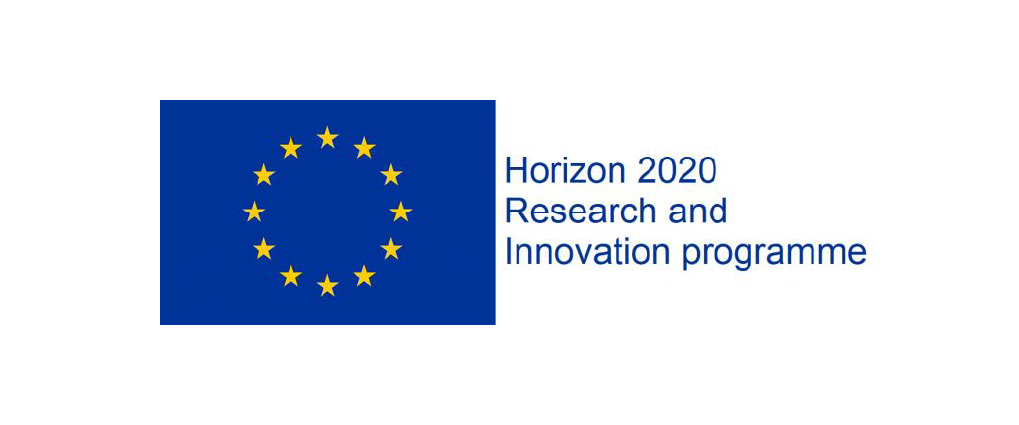Test methods and scheme rules for energy labelling of tap water devices
- Utgivare: Programme of ECEEE summer study 2009, La Colle sur Loup, France , 1-6 June, 2009, s 795-802.
- Författare: Åsa Wahlström
- Typ: Konferensbidrag
One way of helping to reduce harm to the environment is to reduce our use of tap water. This has the effect not only of saving fresh water, but also of reducing the amount of energy that would have been used for heating domestic hot water. A number of investigations in recent years have shown that installation of new energy-efficient taps and shower mixers can substantially reduce the use of water and heat in residential, hotels, schools, hospitals and other buildings.
Existing test methods and standards are not considering energy efficiency and requirement criteria for energy efficiency are not settled. A technology procurement project in 2002 found that there were considerable differences in the amount of energy used for the same end purposes. In order to guide purchasers to choose the most suitable products, a labelling system to indicate energy efficiency would be very useful. It would help purchasers to avoid products with low energy efficiency at the same time as it would provide a boost for the development of more energy-efficient products. In the end it would lead to both a better household economy and benefits for the society. Such a system is under development in Sweden by researchers, technicians, manufacturers, authorities, standardisation institutes, purchasers and consumers representatives. New standards with test methods for measuring energy efficiency and requirement criteria for classification of energy efficiency has been developed and are now out for consideration. At the same time are scheme rules for the energy labelling system under development. First out are tap water devices for basins and kitchen sinks while shower mixers will be considered within the next step. In the extensions the plans are to introduce the energy labelling system into European level.

